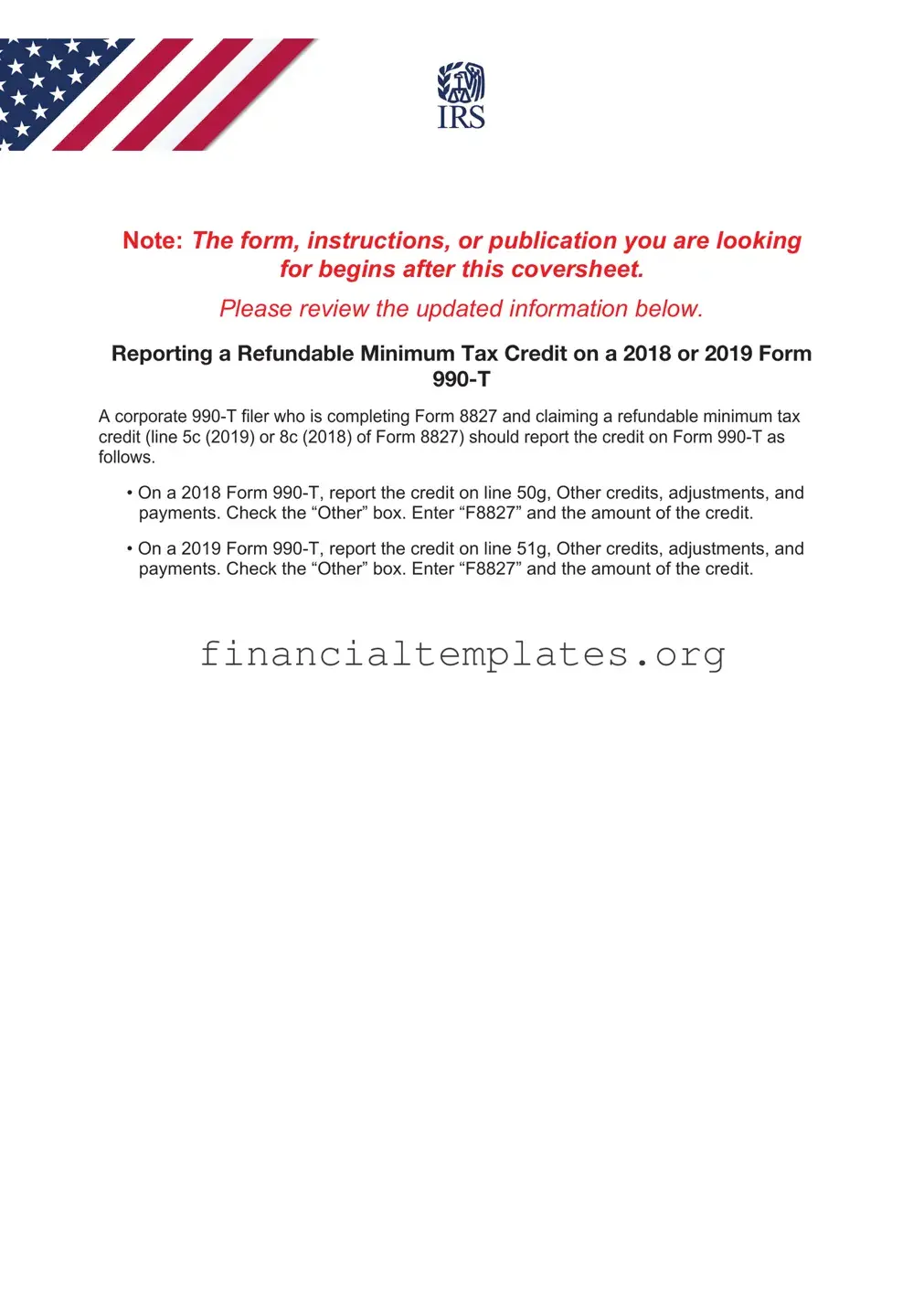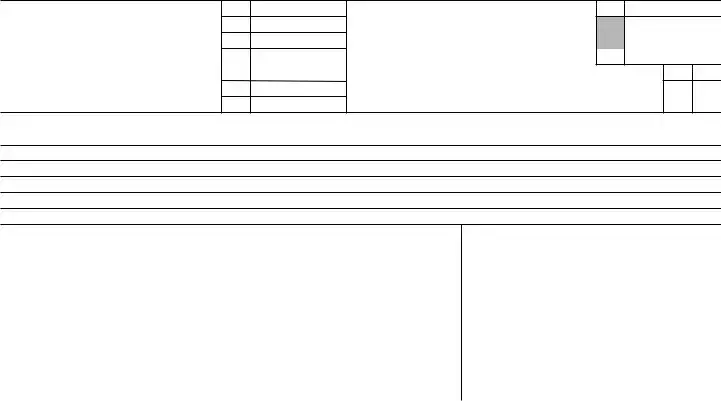The IRS 990-PF form shares similarities with the 990-T, primarily because it's used by private foundations, including non-exempt charitable trusts treated as private foundations, to report their annual financial information. Similar to the 990-T, the 990-PF form has sections dedicated to reporting income, but it focuses more on charitable distributions and the assets held by the foundation. The reporting requirements aim to ensure transparency and compliance with IRS rules regarding charitable activities and financial management.
The IRS 1041 form is another document related to the 990-T, used by estates and trusts to report income. Like the 990-T, which is used by tax-exempt organizations to report unrelated business income, the 1041 form accounts for income that might be subject to taxation. Both forms serve to declare income that falls outside the typical tax-exempt status, though 1041 focuses on the taxation of trusts and estates specifically.
The Schedule K-1 (Form 1065) is closely related to the 990-T in that it is used to report income from pass-through entities, such as partnerships and S corporations, to the IRS. While the 990-T reports unrelated business income for tax-exempt organizations, the Schedule K-1 details each partner's share of the business’s income, deductions, and credits. Both forms play crucial roles in ensuring that income is reported accurately for tax purposes.
The IRS Form 1120 is the U.S. Corporation Income Tax Return, sharing a common goal with the 990-T of reporting income, losses, and dividends to the IRS. Though the 1120 form is used by taxable corporations and the 990-T by tax-exempt organizations reporting unrelated business income, both are critical for compliance with U.S. tax laws and ensure proper taxation based on reported income.
The IRS Form 8868 is an application for an extension of time to file an exempt organization return, including the 990-T. Organizations use this form when they need additional time to prepare their 990-T or other exempt organization returns. The similarity lies in the administrative aspect of managing tax reporting deadlines, ensuring organizations have adequate time to report their financial activities accurately.
The IRS Form 5500 is used by employer-sponsored benefit plans to report their financial condition, investments, and operations. While differing in specifics, both the 5500 and the 990-T require detailed financial reporting to the IRS. The 990-T focuses on unrelated business income for tax-exempt entities, whereas the 5500 concerns the transparency and accountability of pension and welfare benefit plans.
The IRS Form 990 is the standard form used by tax-exempt organizations to provide the public with financial information about their operations, somewhat similar to the 990-T, which also pertains to tax-exempt organizations but focuses specifically on reporting unrelated business income. Both forms ensure that these organizations maintain their tax-exempt status through transparent disclosure of their financial activities.
Lastly, the Schedule E (Form 1040) is used by taxpayers to report income or loss from rental property, royalties, partnerships, S corporations, estates, trusts, and residual interests in REMICs. Like the 990-T, it deals with declaring specific types of income to the IRS, ensuring individuals and entities alike report income sources that may not be subject to standard income tax processes. The emphasis is on transparency and accuracy in reporting income that could impact taxation and compliance.







 Form 2439
Form 2439